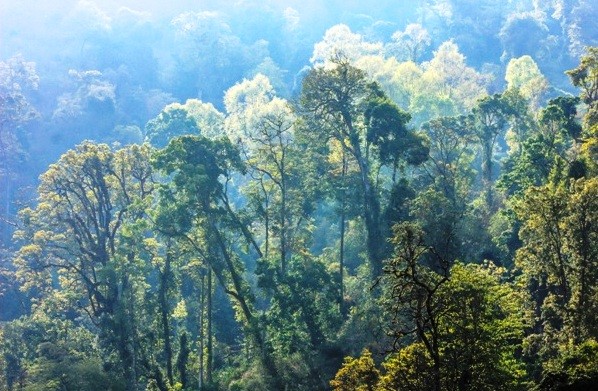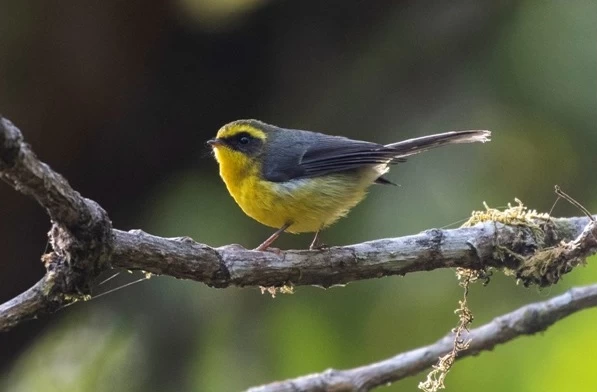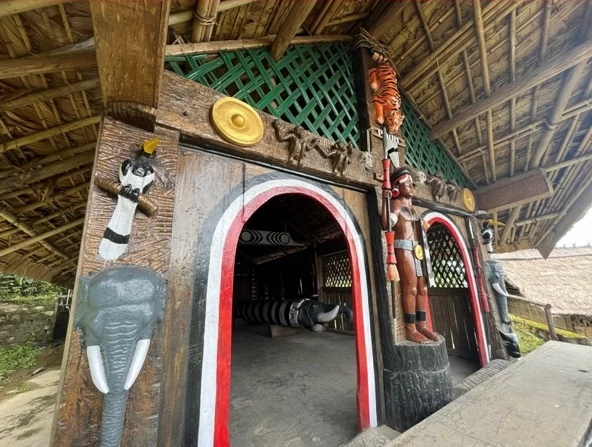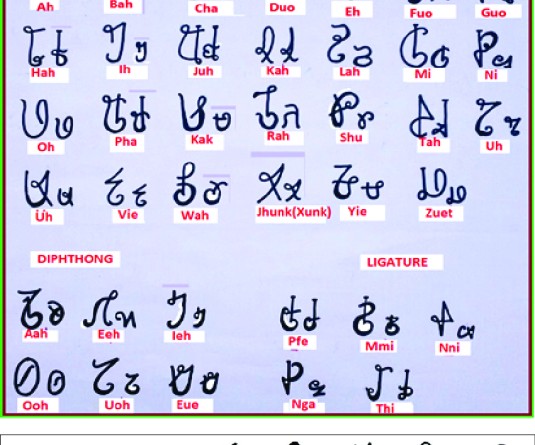Enchanting forest such as this in Kiphire is what the forests of Nagaland are known for.

Lansothung Lotha
Range Forest Officer, Wokha Forest Division
Nagas, an indigenous community with striking traditions and vibrant cultures, intrinsically woven together by their magnificent biodiversity, tucked away in the eastern-most corner of India, Nagaland is home to over 16 courageous indigenous Naga tribes who takes immense pride in their land, forests, and folklores that has been passed down from ancestors. For the Nagas, the rich biodiversity that their land sustains is of immense significance, so much that it is part of the Naga identity. The Great Hornbill, for example, is a species that is the epitome of cultural significance at its highest to the different Naga tribes.
From folklores of people turning into hornbills, human souls taking the form of ferocious predators like the tiger, forests harbouring the spirits of the dead, Clouded Leopards and Hoolock Gibbons being extended family members, Amur Falcons being siblings to the people etc., there is no dearth of ancestral stories that establishes the connection between the people and their biodiversity.

Historically, the Naga tribes have been hunters and gatherers for survival. Traditional tools like bows and arrows, and spears still stand as a testament to the way of life of the brave tribes of Nagaland. Stories of exceptional marksmanship, expert navigators, and experienced naturalists, fill the air in every Naga village. And then there are stories of how people of the older generation would say prayers and thank an animal before hunting it down for food. People would also not hunt beyond what they need. In places where large mammals like elephants are found, elders to this day whisper and seek permission from the pachyderms as they enter forests where the elephants reside. Interestingly though, when it comes to hunting, the Naga people never glorified the act of hunting itself.
Many times, I’ve heard our people say hunting is in our culture. And this makes me wonder. A quick visit to the Kisama Naga Heritage Village and you’d see that the morungs- the traditional institutions, portrays something different. Lovely carvings of wildlife in their life-like form; brilliant woodworks of Hornbill, Mithun, Elephant, Tiger, Primate, Reptile, Fish, etc., adorns these institutions. We do not see the act of hunting being portrayed as we would see in some artwork of early civilizations as well as indigenous communities across the world. There may be some instances, but largely we do not see such stories being exhibited. It is evident that our ancestors respected and revered our wildlife.
Yes, we were hunters and gatherers for sustenance, but we never glorified the act of hunting. Today, when people hunt in the name of it being part of our culture, it takes me back to our morungs, our folklores, our folksongs, our dances, and our attires that tell a different story of life, a story of respect for wildlife.

Our Naga identity is so intrinsically interwoven with our biodiversity, when we lose a species, we lose a part of our identity as well. Hornbills, a species of profound significance to the Naga tribes, have been hunted to local extinction across the state. To imagine a Naga headgear without the beautiful hornbill feathers on it is overwhelming, and to realize the irony that the demand for our own tradition is causing the species being pushed to extinction is devastating. So, are we hunting our culture away?
It is safe to say that we are staring at a dark future where the Nagas- the brave indigenous tribes who takes immense pride in our land, forests, and folklores, scramble in madness to secure our identity in the face of our once-rich biodiversity now disappearing due to our own actions, and inactions. We gave up the dreadful practise of head-hunting to create a better world to live in peace and harmony. Conservation of forest and wildlife is now required for the very survival of humanity itself. It is time we rethink and redirect our acts in order to safeguard whatever is left of our culture, our identity, and for our survival on earth.
(All photographs taken by the author)




